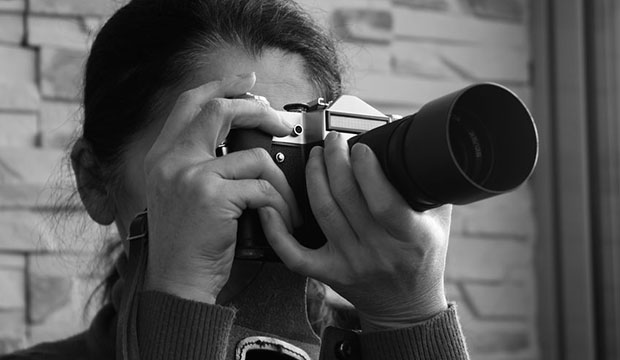Video content is like a hurricane running over anything in its path. “People watch more than 100 million hours of video each day” – sites Simple Measured. Facebook Live has jumped into the arena of video contenders, and it is not taking the fight lightly. But before we weigh the brand benefits of Live video, let’s remember the difference.
Facebook Live is a live broadcast that brands and advertisers can make available from anywhere at anytime to their audience (assuming there is a good connection – Wi-Fi is recommended). It is an opportunity to engage in real time like any live news broadcast or show. And the benefits (partially) include:
- The Live functionality is all within the Facebook App. Nowadays when it is hard enough to get a consumer to download yet another app, this is a huge win.
- Brands can broadcast the live session, save it to their channel, and also share it directly to their feed for a recap for those who missed it.
- Unlike Snapchat or Stories, Live sessions do not disappear.
And of course there are some brands really kicking butt at it lately. Here are two to learn from in regards to creativity and launching new products.
TasteMade- Creativity
A brand known well for its cooking recipes and how-to content on food and drink – took it one step further. Instead of the regular “lets make XYZ” Tastemade made their content fun and creative with a new twist. All their food was miniature (1/12 the size of its regular formats). Sounds silly, but the content is unique and engaging and has given TasteMade a new way to resonate with their audience that goes beyond the regular how-to.
Dunkin Donuts – New Products
Dunkin Donuts, is already a beloved brand where people will really do “run on Dunkin” with their devotion. So what did Dunkin do to create even more ways to promote engagement and loyalty? It allowed a vehicle through Live video for their biggest (and newest) fans to see how they come up with new products, and demonstrate it live. For example, they put together a “donut-themed wedding cake” during a live session. This was unique and a way for their audience members to engage with them in a way that is behind the scenes, and not their norm. According to Melanie Cohn (Social media manager, Dunkin Donuts) on Marketingland – “Our first video provided fans with a behind-the-scenes look into our kitchen for Valentine’s Day, featuring our culinary team preparing a cake made from heart-shaped donuts, and introduced a special February Dunkin’ Hearts Love contest, offering engaged couples a chance to win $10,000 for sharing their story of how their sweetheart proposed.” So in addition to being unique and showing another side to the brand, there was an incentive to watch and the audience will be even more excited to see what will happen next.
Before you go, here are a few more nuggets of wisdom to understand why Live is the new video platform.
Video is not going anywhere. According to eMarketer “Facebook…recently reporting that video was a big reason for a strong quarter. The site said it saw eight billion video views a day from 500 million users. Taking queues from YouTube, the company has started to slip in ads to these videos, thus the strong results.” So what does that mean? Video is the wave of digital future. And if you are not sure, just take a look at your Facebook newsfeed and see how many of the posts you see are videos.
When it comes to Live video, specifically according to to Simply Measured: Even Facebook CEO Mark Zuckerberg believes Facebook will be mostly composed of videos by 2020. Considering that, check out these incredible Facebook Live statistics:
- Facebook Live videos are watched3 times longer than regular videos
- Native Facebook videoshave a 13% organic reach and 6.3% engagement rate (much higher than the 1-3% you get on other platforms)
Now it is your brand team’s turn. Ready, set, Live.






